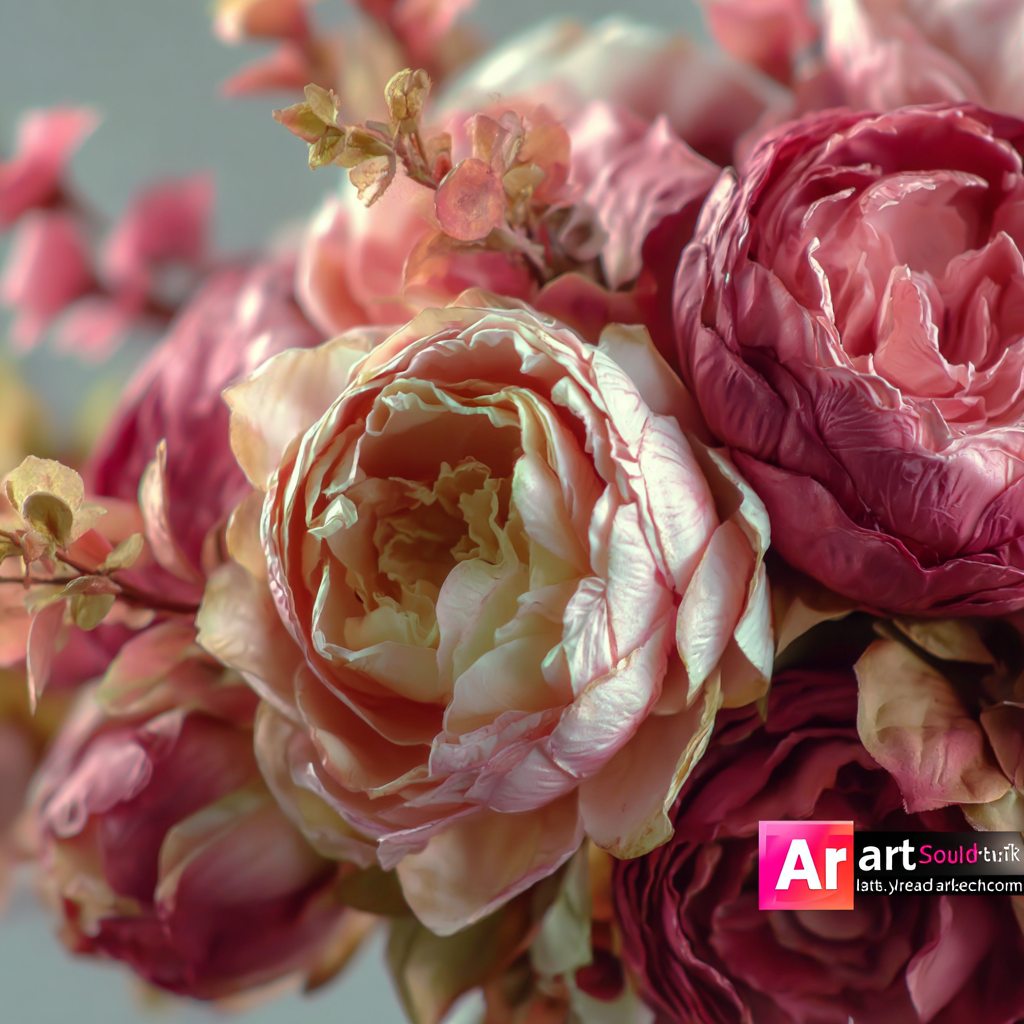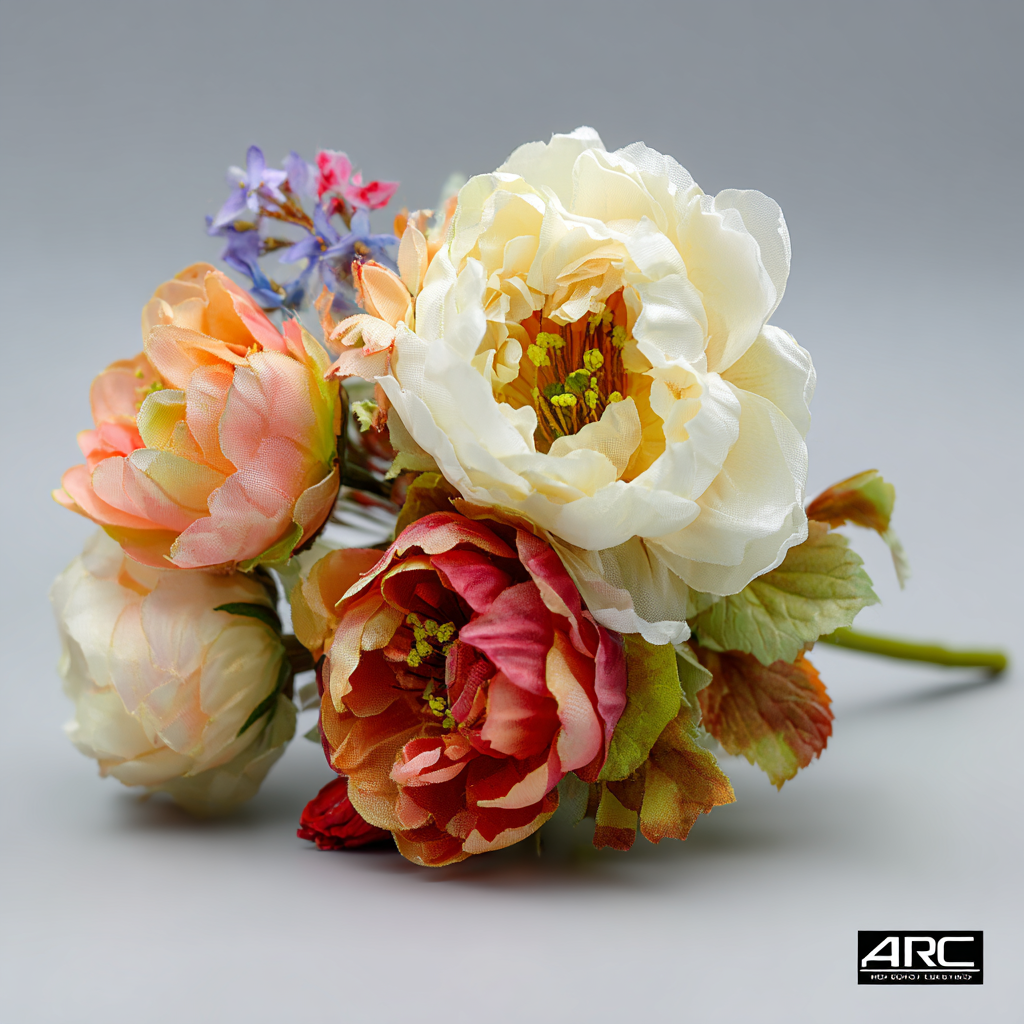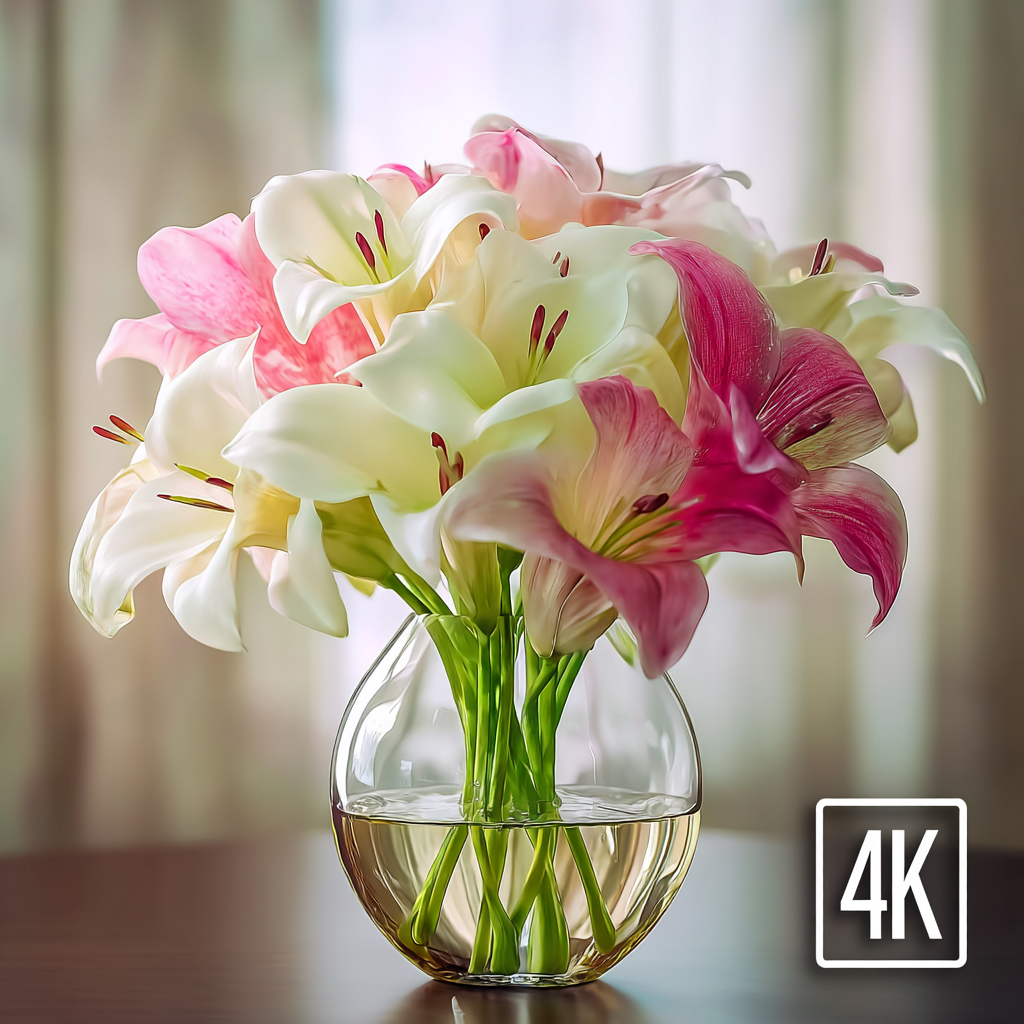
In recent years, the home decoration industry has witnessed a significant shift towards the use of Artificial Flowers, driven by a growing consumer preference for sustainable and low-maintenance decor options. According to a market research report by Grand View Research, the global artificial flowers market is expected to reach USD 1.8 billion by 2025, reflecting an increasing demand for high-quality and aesthetically pleasing designs. As consumers become more environmentally conscious, the appeal of artificial flowers lies not only in their longevity and versatility but also in their ability to effortlessly enhance the ambiance of any space without the hassle of maintenance associated with real flowers.

This trend, particularly prominent in markets that value craftsmanship and unique design, has opened new avenues for interior decoration, allowing homeowners to explore innovative ways to incorporate Artificial Flowers into their spaces, transforming them into vibrant and inviting environments that resonate with both style and sustainability.
When it comes to home decoration, artificial flowers offer an endless array of possibilities for creative arrangements that can elevate any space. Their versatility allows you to experiment with colors and textures without the constraints of seasonal changes or maintenance needs. Consider grouping different types of artificial flowers in a single vase, mixing bold and subtle hues to create a dynamic centerpiece. This arrangement can seamlessly transition from a casual dining setting to a more formal occasion, proving the adaptability of artificial blooms.
 Another unique way to integrate artificial flowers into your home decor is by using them in unexpected locations. Think beyond the typical vase on the table; adorning shelves, mirrors, or even light fixtures with clusters of artificial flowers can bring a fresh perspective to your decor. Creating a floral wall art piece by attaching artificial stems to a canvas or using them to frame mirrors transforms these ordinary items into stunning focal points. By letting your creativity flow, you can transform your spaces with the vibrant charm that artificial flowers provide, making them an essential element of modern home design.
Another unique way to integrate artificial flowers into your home decor is by using them in unexpected locations. Think beyond the typical vase on the table; adorning shelves, mirrors, or even light fixtures with clusters of artificial flowers can bring a fresh perspective to your decor. Creating a floral wall art piece by attaching artificial stems to a canvas or using them to frame mirrors transforms these ordinary items into stunning focal points. By letting your creativity flow, you can transform your spaces with the vibrant charm that artificial flowers provide, making them an essential element of modern home design.
When it comes to refreshing your home decor, artificial flowers offer a versatile solution that can transform your space seasonally. Throughout the year, you can switch out floral arrangements to reflect the changing seasons, creating a vibrant and welcoming atmosphere. In spring, consider incorporating pastel-colored blooms, such as peonies and tulips, into your living room or kitchen. These hues not only evoke the freshness of spring but also uplift the spirit of your home.
As summer approaches, opt for bright and tropical flowers like hibiscus or sunflowers to infuse energy into your decor. A simple arrangement on your dining table or a bold display near your entryway can bring in that sunny vibe. In autumn, switch to warm-toned artificial flowers such as chrysanthemums and dahlias, which can accentuate your seasonal themes through unique centerpieces or mantel displays. Finally, during winter, rich red poinsettias or elegant white roses can bring a festive touch to your space, ensuring your home remains cozy and inviting, no matter the time of year.
The trend of integrating artificial flowers into home decoration is booming, driven primarily by their low-maintenance nature and cost-effective advantages. With the artificial flowers market projected to grow from approximately $3.1 billion in 2024 to nearly $5.4 billion by 2034, achieving a compound annual growth rate (CAGR) of 5.5%, it's clear that consumers are increasingly drawn to these lifelike alternatives. They provide a hassle-free solution for those who want to add beauty to their living spaces without the commitment that real flowers require.
Incorporating artificial flowers into your decor not only enhances aesthetic appeal but also fits seamlessly into our busy lives. Unlike fresh flowers, which need consistent watering and sun exposure, artificial blooms remain vibrant without the need for maintenance, making them an ideal choice for both busy households and professional environments. Furthermore, many high-quality artificial flowers are designed to resemble their natural counterparts closely, offering the charm and elegance of real flowers without the associated costs or upkeep. This is particularly beneficial in senior living communities, where the emotional benefits of having beautiful decor can improve the quality of life without the burden of maintenance.

In recent times, the intersection of floral decoration and sustainable practices has gained significant attention, as showcased by events celebrating eco-friendly floral designs. Designers are increasingly incorporating reusable materials into their arrangements, which not only enhances the beauty of floral displays but also minimizes waste. This approach aligns with a broader movement towards environmental consciousness in interior design, where the use of artificial flowers is becoming a popular choice. These flowers provide the perfect opportunity to create stunning arrangements that last without contributing to the environmental degradation associated with traditional flower farming.
Moreover, innovations in sustainable materials, such as eco-friendly floral foam, are paving the way for more responsible floral practices. By opting for alternatives that are completely biodegradable or reusable, florists and decorators are able to craft beautiful arrangements that do not compromise on sustainability. This shift towards environmentally sound choices in floral decoration not only appeals to conscious consumers but also reflects a growing recognition of our responsibility to the planet. Embracing these sustainable practices is a step towards creating a greener future while still enjoying the vibrant beauty that floral designs bring to our homes.
In recent years, the world of artificial flowers has witnessed remarkable innovations, transforming how we perceive home decoration. Designers are exploring new materials that not only mimic the beauty of real blooms but also enhance their longevity and sustainability. For instance, advanced polymer technologies allow for the production of flowers that are not only stunningly realistic but also resistant to fading and wear. These developments enable homeowners to effortlessly enjoy the charm of flowers without the hassle of upkeep, merging aesthetics with practicality.
Another exciting trend is the use of smart technology in artificial flower designs. Some manufacturers are integrating features such as LED lighting and even scent release systems into their floral arrangements. This fusion of technology and art elevates the experience, allowing for dynamic decor that can change according to mood or occasion. As we move forward, the combination of eco-friendly materials and innovative designs will likely redefine the role of artificial flowers in our homes, making them a key element in sustainable and stylish living spaces.
